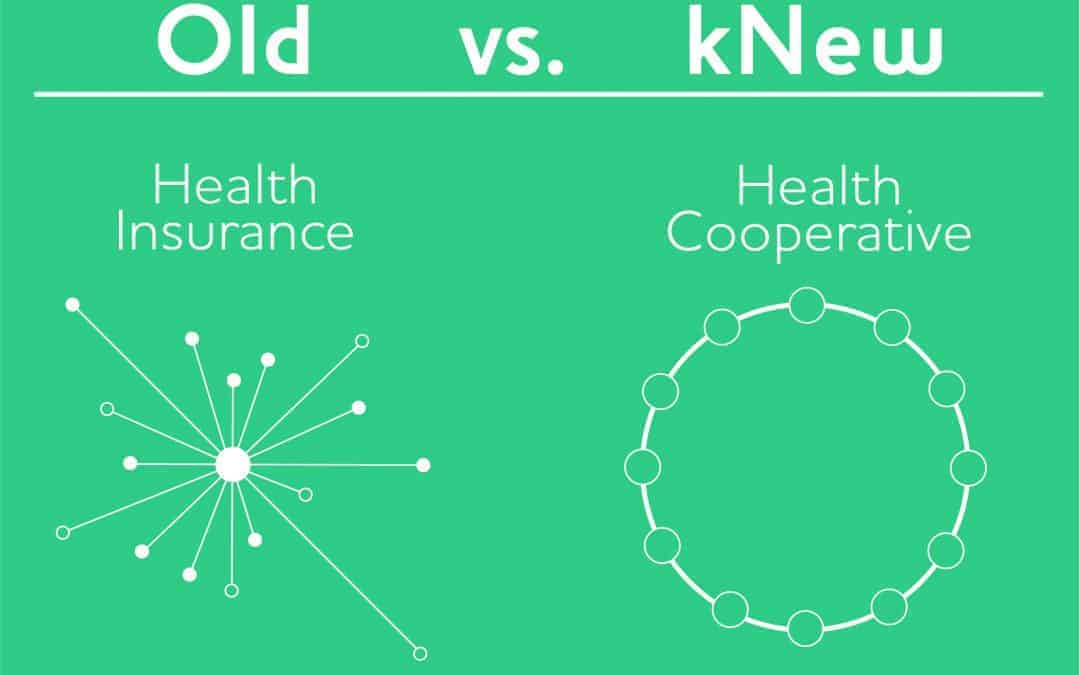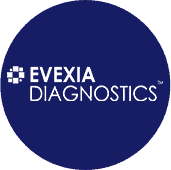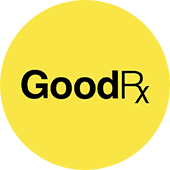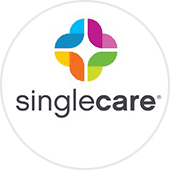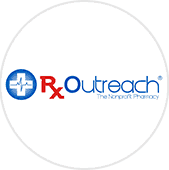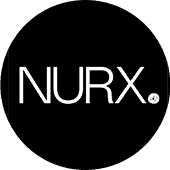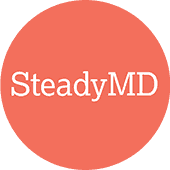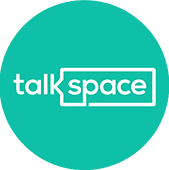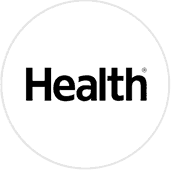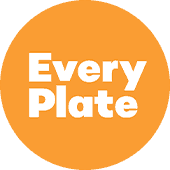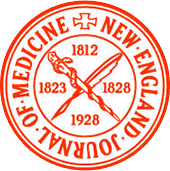We firmly believe that before you entrust your health and money into any new model of care, you deserve to know where this model comes from (its history), how it works and its track record of success.
Today’s article will focus on the history of medical cost sharing and how this model has endured and grown to earn the trust of over 1 million Americans since its humble beginnings.
But first…
What Exactly is Medical Cost Sharing?
Health cost sharing is a model of healthcare coverage in which a group of people pay a monthly sum (known as a “share”) to cover each other’s healthcare expenses.
It has traditionally been practiced among Christian groups wishing to follow the Bible’s teachings of sharing one another’s financial burdens.
For this reason, today’s medical cost sharing programs are also known as cost sharing “ministries”.
These ministries operate very similarly to health insurance, except instead of paying an insurance company to cover your bills, you’re paying into a pool that you and your fellow members can access as healthcare needs arise.
For example, let’s say your child develops a strange rash and needs to see a pediatrician.
In the insurance model, you’d typically see a doctor in-network, pay your deductible and the doctor’s office bills the remainder to your insurance company plus any extras that aren’t covered.
In a medical cost sharing program, you pick your pediatrician, pay the cash rate (which is typically much lower) and the bill is picked up or reimbursed by the medical cost sharing organization subject to the rules of the pool.
In most cases, there is an “un-shared” amount (which functions somewhat like a deductible). That’s it. Pretty awesome, huh?
And yes, for most healthy people, medical cost sharing can replace your previous healthcare options and save you a bundle of money.
Why Then, Don’t More People use Medical Cost Sharing Programs?
Part of the reason is, up until now you have to be of the Christian faith and share the ministries’ beliefs to sign up.
However, with the Knew Health your faith has no bearing on your acceptance. It’s a Knew model of medical cost sharing.
Now that you know what medical cost sharing is and how it works, let’s take a look at how this radically successful model came to be.
Medical Cost Sharing Began Decades Ago in Rural Religious Communities…
Even though this may be the first time you’re learning about it, medical cost sharing is nothing new.
In fact, it began decades ago with the Amish-Mennonites who, bound by their religion to forego insurance, would share each other’s healthcare expenses within the community.
In 1980, medical cost sharing was expanded beyond the Amish-Mennonites when an Ohio pastor suffered a terrible car accident resulting in a slew of medical expenses.
If left to pay these bills alone, the pastor would have suffered a severe financial blow. But much to his surprise, word got out about his situation and fellow Christians came together to pay all his medical bills.
The pastor was so blown away by this act of generosity, that upon his recovery he established the first official medical cost sharing ministry for the Christian community.
Since the 1980s, five cost sharing ministries were established. And while the programs experienced growth in the 1990s and early part of the 21st century, they were largely unheard of outside Christian circles…
…until the Affordable Care Act (ACA). It rocked the nation by requiring all Americans to purchase insurance from a mainstream provider.
And, despite publicized intentions to make healthcare more affordable, for many people the ACA did the exact opposite.
Now not only were Americans forced to buy insurance for the first time in history, but the insurance was astronomically expensive…for individual payers and employers.
With the average government-subsidized high-deductible health plan costing $1021 a month for a family (and more for private plans), many people went in search of alternatives.
What they found were the Christian medical cost sharing ministries. Which were legal under the Affordable Care Act due to specific exemptions granted to them during the creation of the ACA.
And, despite the caveats about shared beliefs, pre-existing conditions and other requirements, people starting signing up in droves.
According to the Alliance for Health Care Sharing Ministries upwards of 1 million Americans are now enrolled in medical cost sharing ministries, compared to just 160,000 pre-Affordable Care Act.
But as of January 2019, Americans were no longer required to purchase a particular form of health coverage.
So, what does this mean for the future of Knew Health?
Knew Health will operate much like medical cost sharing ministries in terms of the cost of care and freedom of choice; but we will not have a faith or belief-requirement and we will be offering additional incentives to create individual and community health.
By taking advantage of new technology and services, we plan to make our Community even more cost efficient and transparent.
We’ll have more on the details of how medical cost sharing differs from insurance and what to expect from Knew Health in next week’s article.
In the meantime, if you’d like to learn more about a Knew way to get quality healthcare coverage through non-faith-based medical cost sharing, visit: https://knewhealth.com/services/.
Here’s to the past, present and bright future of cost sharing…
-The Knew Health Team
